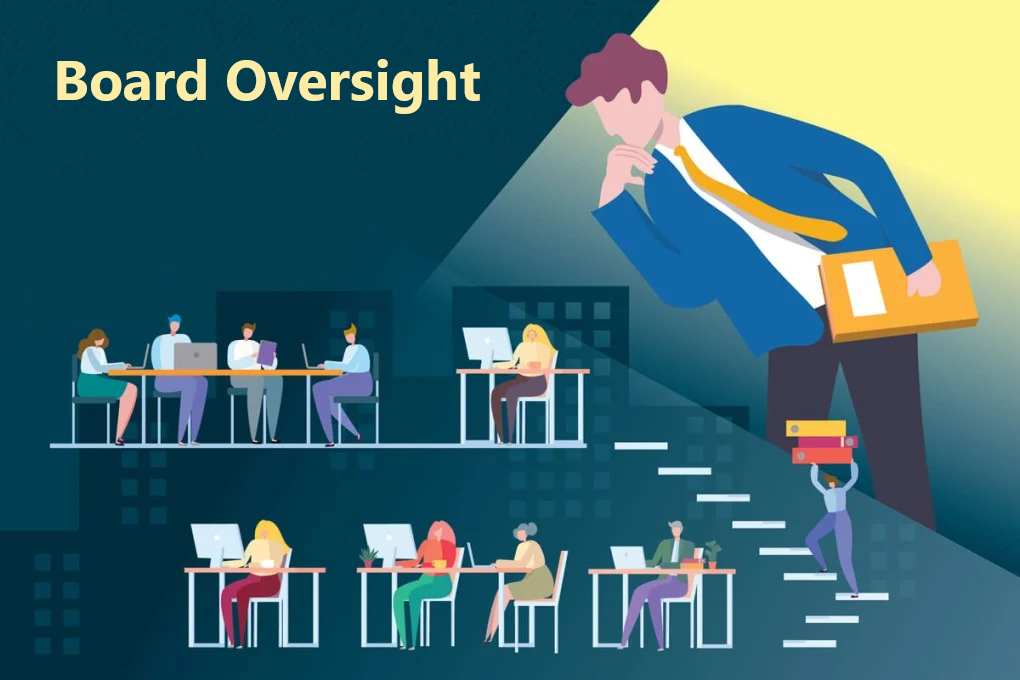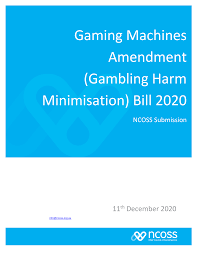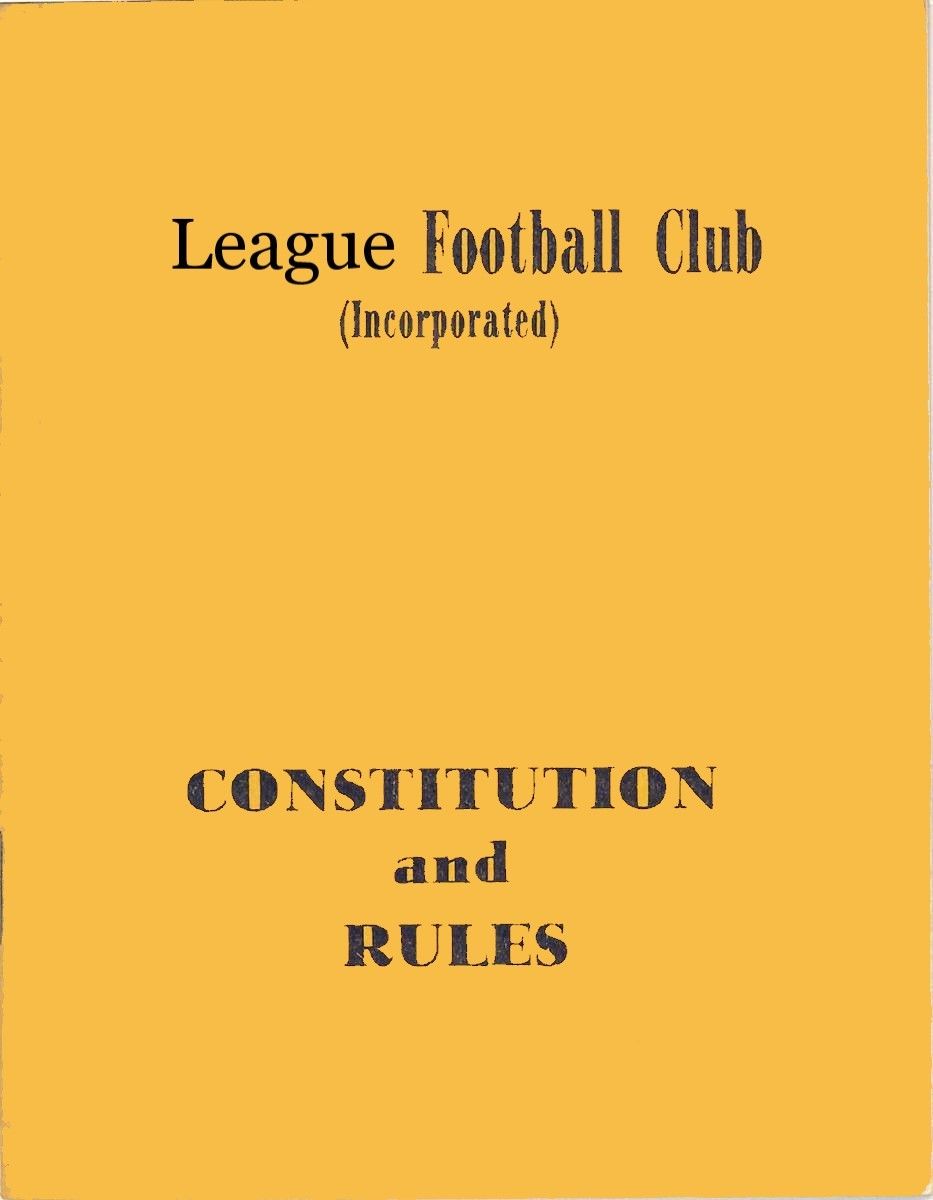Directors’ Oversight and Contingent Liabilities
Directors have a key role in the oversight of the business operations.

Directors have a key role in the oversight of the business operations. Whilst there is a distinct delineation between strategic and operational input to the business, oversight of the organisation from both the governance and operational perspectives are part of that remit.
Should a board fall short in these areas, contingent liability will generally come home to roost on the Board table. As those who know me well will attest, my mantra is “due diligence in everything you do”, which should ensure you do not miss issues that can come back and bite you. Remember, the buck stops with directors and officers as the ‘effective owners’ of any business.
A quick recap of the areas of oversight for directors of For Profit and For Purpose organisations, will yield identical responsibilities in the following areas:
X Financial issues especially solvency;
X Strategic issues especially the path forward;
X Human resource issues including succession, learning and development, managing leave liabilities and now psychosocial issues;
X Risk management issues including but not limited to crises, reputation, environmental and physical risks;
X Work Health and Safety (WH&S) issues especially guarding against potential hazards to health and safety, including physical (injury or death) and mental harms (bullying and harassment, discrimination, workplace violence etc.);
X Compliance especially ensuring the organisation is complying with all the legislation affecting the industry the organisation is playing in;
X Cybersecurity which is rapidly becoming a key area of focus with boards needing to ensure the organisation has in place all the appropriate mechanisms to protect data, minimise the chance of data breaches and ensure privacy of any client data, whilst navigating the potential of Artificial Intelligence (AI) to enhance the organisation’s operations.
Who is responsible when it goes bad?
One of the key aspects of board membership when things go bad, is that a director must have been in a position to influence the situation in question. For example, if you join a board who has made a bad decision 12 months prior, you may be in the position of wearing the contingent liability of that decision today. Your defence, if it really goes pear shaped, is that ‘you were not on the board at the time that decision was taken and therefore had no opportunity for input or influence’.
Conversely, if you have stepped down from a board, after a poor decision was taken, and you had input and influence on the decision, you can be held liable for the consequences (contingent liability), even after you have left the board.
An example I came across recently was a manager who claimed years of unpaid leave when he retired. The incumbent board was held liable and paid out the (not insignificant amount) when the reality was that the previous boards presiding over that manager, should have monitored and managed his leave and insisted he take leave regularly, to keep his entitlements to a manageable amount. That organisation had the funds and paid out the manager, but for many small organisations the amount involved would have put the organisation into insolvency! The previous directors should have been brought to task and would have been liable. Also, there was no evidence either way – whether the manager had taken leave or not – due to the fact that as the senior executive of the organisation, it was also his responsibility to manage all leave entitlements, including his own, as part of his delegated authority from the board.
When it comes to WH&S, Risk Management, Compliance and Cybersecurity, my mantra again is due diligence by the board. The directors and officers are responsible for ensuring that management have in place all policies and procedures required to ensure the organisation is compliant with all legislation and standards applicable to the industry the organisation operates in.
This does not mean the directors have to write the policies and procedures, just ensure that they are all in place. It is incumbent on the management and staff to create, source, adapt and implement all those policies and procedures that are essential for compliant operations.
WH&S penalties for failure to implement or maintain appropriate safety measures, with or without death or injury, range from $140,000 to $3 million per director/officer and from $700,000 to $15 million for the organisation. So, a worst case scenario, of death through corporate negligence, for a company with a board of nine directors and say three key executives, could cost a total of $30 million for the individuals and $15 million for the corporation. That is $45 million plus potential disqualification from being able to be a director for up to 20 years, through a lack of due diligence. The cost of compliance is MUCH lower than $45 million!
Conversely, a western Sydney manufacturing company had a death through a crane toppling onto an employee in their factory, about 20 years ago. This company had all their WH&S policies and procedures in place, records showing the ongoing refresher training of their staff, the maintenance records of the equipment, including the crane that fell. Workcover investigators found no negligence on behalf of the directors, officers and the organisation, and that what had occurred was truly an accident, albeit a tragic one. No fines were levied and no impact was had to the Workers Compensation or insurance premiums of that company and it continued to trade, safely.

Key Takeaway
In all legislation relating to business, directors and officers are ultimately liable for organisational wrongdoing. Whilst limited liability structures protect to an extent – when no identifiable negligence is involved - it is still directors and officers who are fined when negligence is proved. To avoid losing your hard-earned assets, if you apply due diligence to all your governance responsibilities, you should not run foul of the law.
The best strategy for ensuring you exercise appropriate oversight of your organisation and do not create contingent liabilities, is to be educated appropriately in governance and stay up to date on all changes to legislation or standards relating to your industry.
Two industries I have been involved in over my career, happen to be two of the most regulated and legislated industries – Agricultural Chemicals and Hospitality. Directors in these industries need ideally to be educated in governance through the Company Directors’ Course (run by the Australian Institute of Company Directors AICD), The Governance Institute of Australia’s programs, The Institute of Community Directors courses or university or registered training organisations who deliver governance subjects on their scope.
Additionally, they need to be up to date on any and all legislation relating to their industry, with the following examples for those two industries including:
Agricultural Chemicals – Corporations Act, legislation and standards for the safe storage, transport and handling of dangerous goods; chemical application certification and standards and emergency procedures.
Hospitality – legislation including Corporations Act, Registered Clubs Act (NSW only), Liquor Acts, Gaming Machines Acts, WH&S Acts, Anti-Money Laundering and Counter Terrorism Financing Act (AML/CTF), Responsible Service of Alcohol (RSA), Responsible Conduct of Gaming (RCG or RSG) including harm minimisation programs and guidelines.
Of course, every industry has it’s legislative and standard controls – Construction, Transport, Manufacturing, Finance, Law, Education, Health and Allied Industries, Retail to name but a few. If you are a director of any organisation in any industry, it is incumbent upon you to be across all of these issues, to ensure you apply due diligence to your oversight and mitigate the risk of any contingent liabilities, due to a lack of diligence or your duty of care.
For assistance with a Governance Audit, to review or benchmark your corporate oversight, contact Ron Browne, Managing Consultant 0414 633 423 or ron@extrapreneurservices.com.au .










